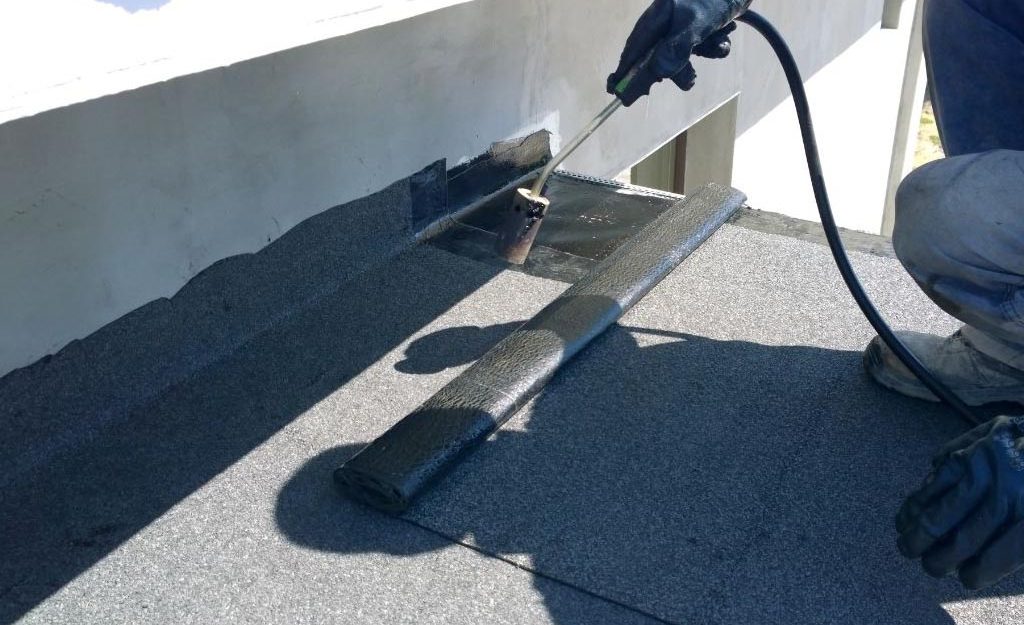Best Waterproofing Solution For Your Needs
This article provides a thorough overview of the many different subsets of the waterproofing industry and what they stand for. No matter what you are looking to do with your home, there is a solution that can be used. You'll find information on every type of water-resistant product here as well as what it means to install them correctly.
Waterproofing is the process of making an object or structure waterproof or water-resistant so that it remains relatively unaffected by water. Waterproofing solution is often used in reference to buildings and other structures, such as boats and clothing.

Image Source: Google
There are several different methods of waterproofing, including coatings and membranes, which can be applied to the surface of an object; Impregnation, in which a liquid is absorbed into the material; and Integral waterproofing, in which the material itself is made waterproof.
Below is a brief overview of some of the most popular types of waterproofing:
1. Rubber membranes: Rubber membranes are one of the most popular types of waterproofing. They are often used in roofing and basement applications. Rubber membranes are durable and flexible, making them ideal for areas that experience a lot of movement.
2. Polyurethane coatings: Polyurethane coatings are another popular type of waterproofing. They can be applied to a variety of surfaces, including concrete, metal, and wood. Polyurethane coatings create a barrier that helps to prevent water from penetrating the surface.
3. Acrylic sealants: Acrylic sealants are another common type of waterproofing solution. They are typically used on masonry surfaces, such as bricks or stone. Acrylic sealants help to repel water and prevent it from seeping into the surface below.
4. Silicone sealants: Silicone sealants are another option for waterproofing. They can be used on a variety of surfaces, including glass, metal, and ceramic tiles. Silicone sealants create a barrier that helps to prevent water from penetrating the surface below.